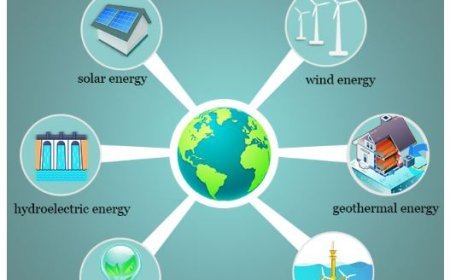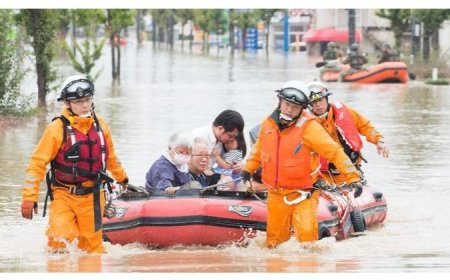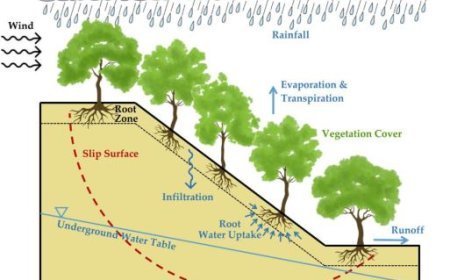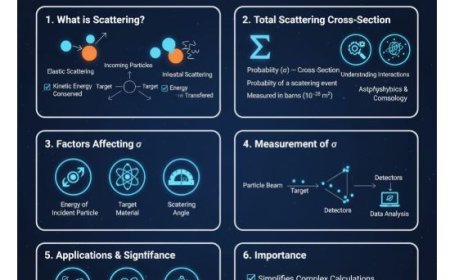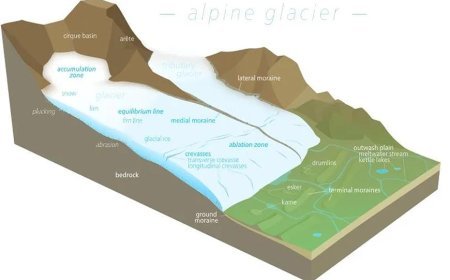APPLICATIONS OF MICROFOSSILS IN ENVIRONMENTAL INTERPRETATION, PETROLEUM EXPLORATION, AND MARINE GEOLOGICAL STUDIES
Discover the applications of microfossils in environmental geology, including paleoenvironmental reconstruction and climate change studies.
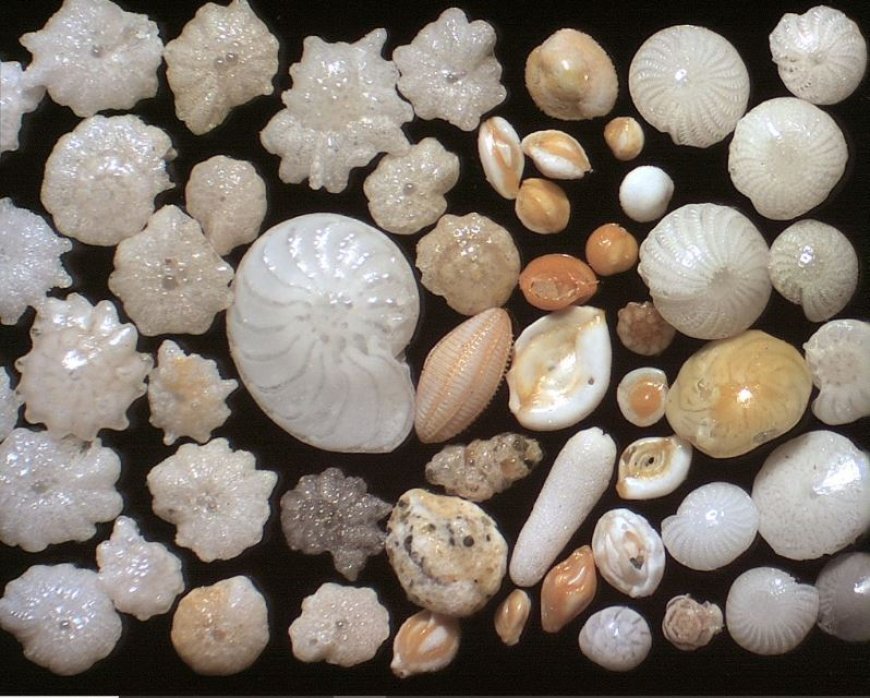
Applications of Microfossils in Environmental Interpretation, Petroleum Exploration, and Marine Geological Studies
- Microfossils, despite their small size, wield enormous influence in a variety of scientific domains.
- These small relics of ancient species, usually less than a millimetre long, contain critical information on Earth's previous habitats, climates, and biological evolution.
- Microfossils can help scientists relate previous geological events to contemporary biological situations.
Environmental Interpretation
- Climate Change Assessment
- Microfossils, particularly foraminifera and diatoms, are sensitive indications of former environmental conditions. Their existence can indicate previous climatic changes by tracking their spread and abundance throughout time.
- Researchers may recreate paleoenvironments by examining sediment cores containing microfossils, which helps them understand how climate has affected ecological alterations.
- Paleoecological insights
- Microfossils give a window into previous ecosystems, allowing us to reconstruct the types of habitats that existed in certain geographical locations.
- The variety and abundance of microfossil organisms can reveal variations in salinity, temperature, and nutrient levels, providing essential information about how ecosystems adapt to natural and human factors.
- Pollution indicators
Certain microfossils may act as bioindicators of environmental stress or contamination.
For example, changes in the species composition of diatom communities in aquatic sediments might reflect nutrient loading from agricultural runoff, giving evidence of pollution and informing conservation efforts.
Petroleum Exploration
1. Biostratigraphy
- Microfossils serve an important part in biostratigraphy, which involves dating and correlating rock strata based on the fossils found inside them.
- Geologists may precisely date rock formations and determine the relative age of probable petroleum resources by recognising certain microfossil groupings known to exist throughout various geological eras.
2. Reservoir Characterisation
- Microfossils can assist establish the depositional conditions of sedimentary rocks, which is important for understanding the properties of oil and gas reserves.
- For example, the presence of certain foraminifera or nannoplankton might indicate productive marine conditions, implying that the rock may contain hydrocarbon deposits.
- Palaeoenvironmental Reconstruction
- Understanding an area's geological history increases the likelihood of success during exploration.
- Geologists may recreate the past sedimentary settings where hydrocarbons were produced and finally trapped by analysing microfossils, which can then be used to guide drilling locations and extraction tactics.
Marine Geological Studies
- Sedimentology
- Microfossils are important in sedimentological research because they provide information about the processes that have formed marine ecosystems over time.
- Researchers can get insight into sediment transport patterns and depositional settings by studying the composition and distribution of microfossils within sediment layers.
- Oceanography
- Microfossils, particularly foraminifera, play an important role in paleoceanography because they assist recreate historical ocean currents and conditions. Their calcareous shells retain chemical traces that show past sea surface temperatures, nutrition availability, and ocean circulation patterns.
- Microfossil analysis helps in geological mapping of marine sediments. Scientists can comprehend geological formations and tectonic activity better by detecting microfossil assemblages from various locales.
What's Your Reaction?









